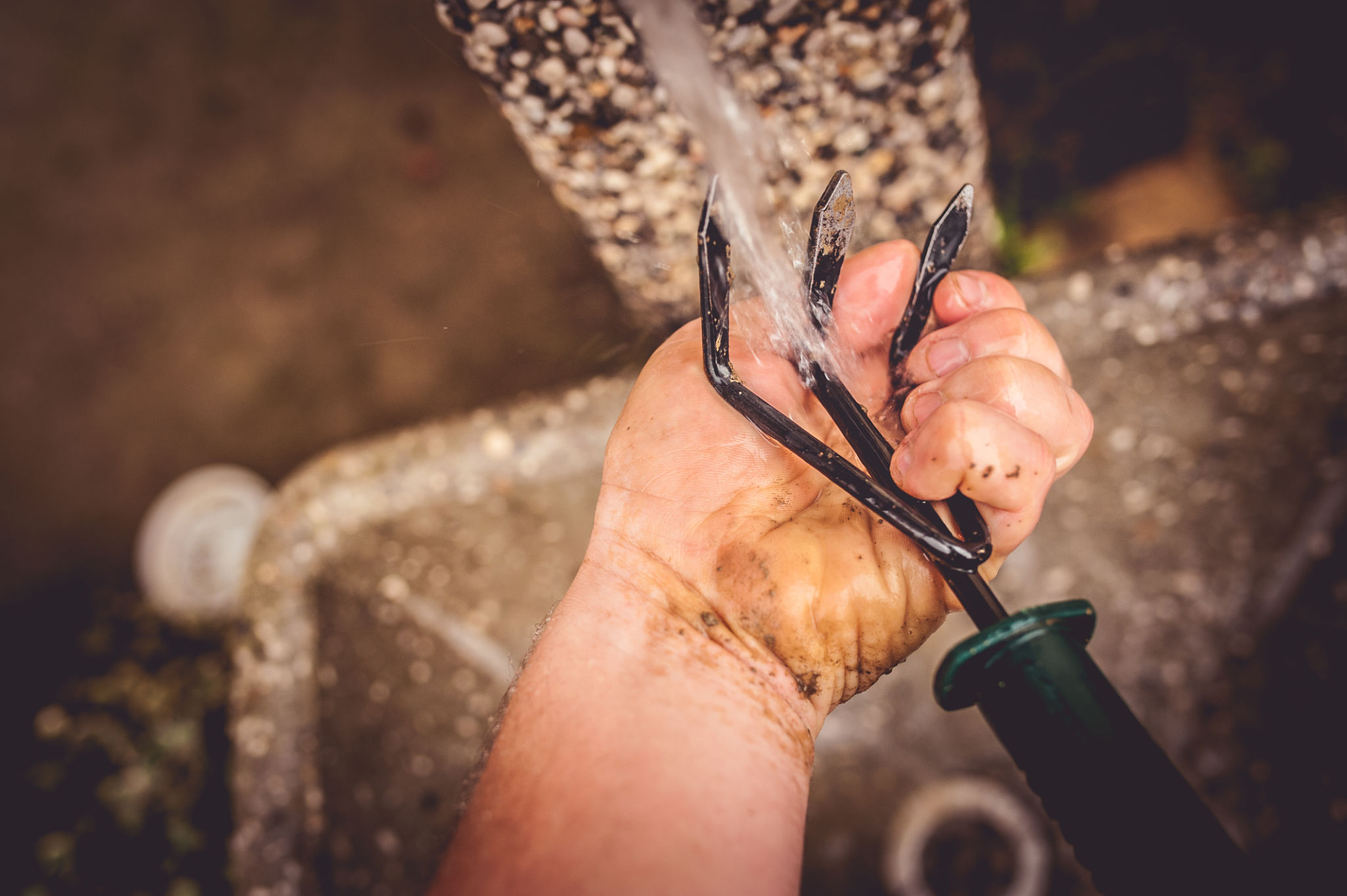Expert Insights on Common Painting Mistakes and How to Avoid Them
Understanding the Basics of Painting
Painting a room or an entire house can be an exciting project, but it often comes with its share of challenges. Many people underestimate the complexity of painting, leading to common mistakes that can impact the final result. By understanding the basics, you can set yourself up for a more successful outcome.
The first step is to choose the right paint. Not all paints are created equal, and selecting the wrong type can lead to issues such as poor adhesion or undesirable finish. Consider the room's purpose, lighting, and existing color scheme when making your selection.

Preparing Your Surface
One of the most common mistakes in painting is neglecting surface preparation. Skipping this step can lead to uneven textures and poor paint adherence. Start by cleaning the walls thoroughly to remove dust, grease, and grime.
Next, inspect the surface for any cracks or holes. Use spackle or filler to repair these imperfections, and sand the area smooth once it’s dry. This will provide a clean, even surface for painting.
An often overlooked step is applying primer. Priming ensures better adhesion, uniform color, and extended durability of the paint. Choose a primer suitable for your wall type and apply it evenly.

Mastering the Technique
The technique you use when painting can greatly affect the outcome. A common mistake is overloading your brush or roller with paint, which can cause drips and a messy finish. Instead, use light, even strokes and apply multiple thin coats if necessary.
Pay attention to the edges and corners of the walls. These areas often receive less attention but are crucial for a professional-looking result. Use an angled brush for precision in these areas.

Avoiding Paint Streaks
Paint streaks are a frequent issue that can ruin the appearance of a freshly painted wall. To avoid streaks, maintain a wet edge while painting. This means overlapping each stroke slightly while the paint is still wet, ensuring a seamless blend.
Also, ensure you’re using high-quality brushes and rollers. Low-quality tools can leave fibers in the paint or struggle to maintain an even coat.
Dealing with Common Mistakes
Even with careful preparation and technique, mistakes can happen. One common issue is paint splatter on floors or furniture. To prevent this, use drop cloths and painter’s tape to protect these areas.
If you notice uneven coverage or missed spots after the paint dries, don't hesitate to touch up the area. Lightly sand any rough patches before applying another coat.
Finishing Touches
Once your painting project is complete, take time to evaluate your work. Remove painter's tape before the paint completely dries to avoid peeling off any paint layers.
Clean your brushes and rollers thoroughly for future use. Proper maintenance of your tools will ensure they last longer and perform better on your next project.

Conclusion
Painting can be a rewarding DIY project when approached with the right knowledge and preparation. By avoiding these common mistakes and implementing expert-recommended techniques, you can achieve a professional-quality finish that enhances the beauty of your space.
Remember, patience and attention to detail are key. Take your time through each step of the process, and you'll be pleased with the results.
